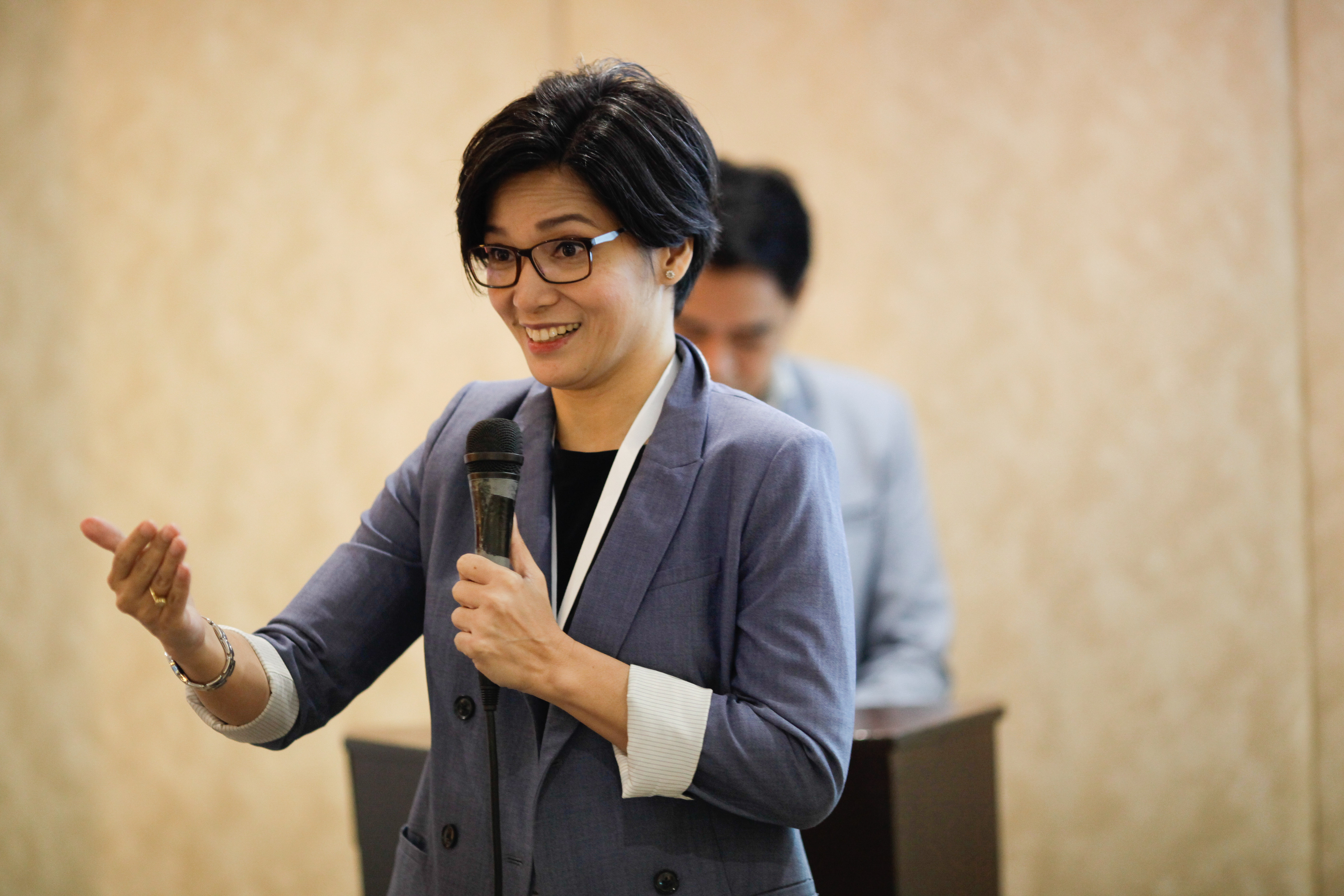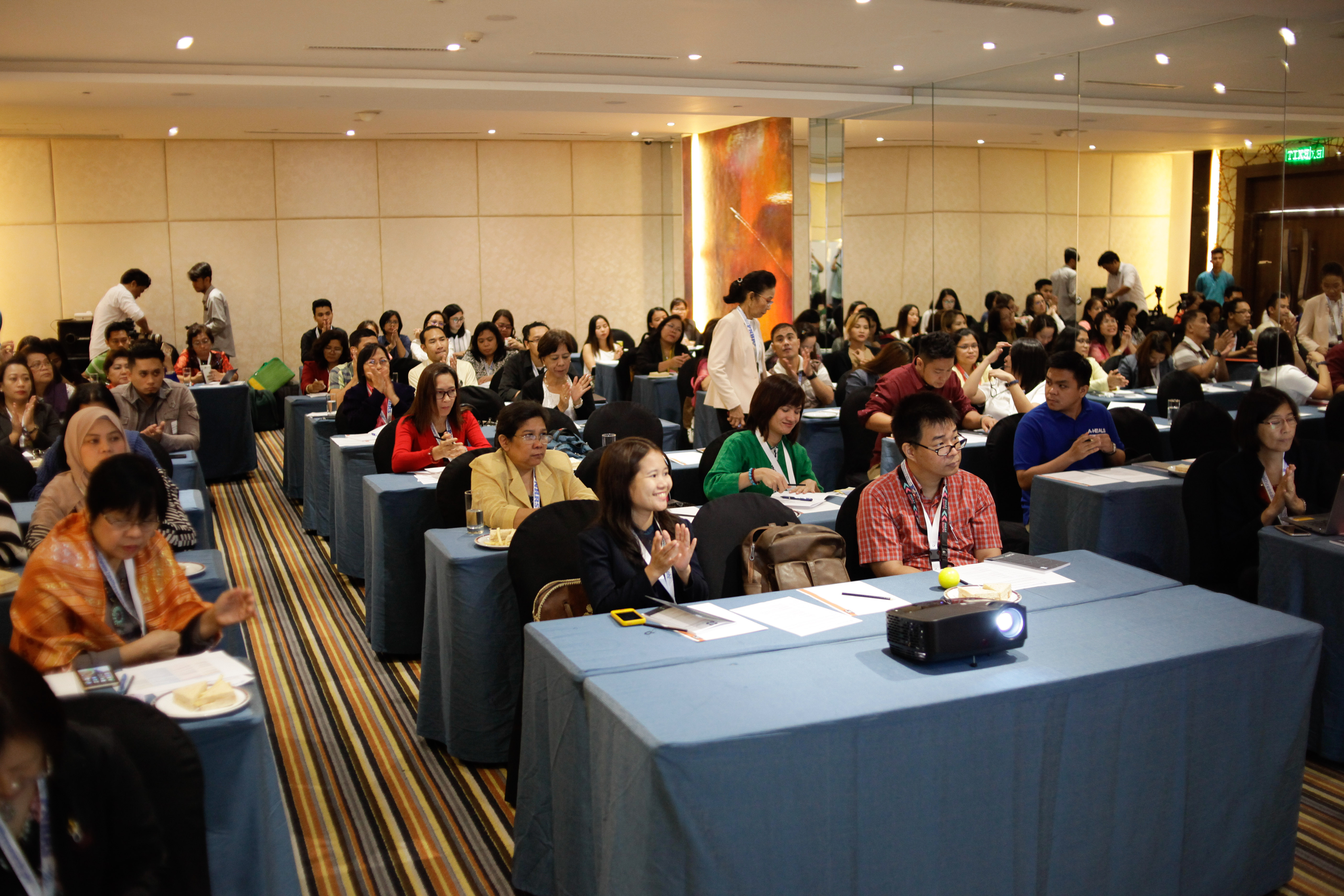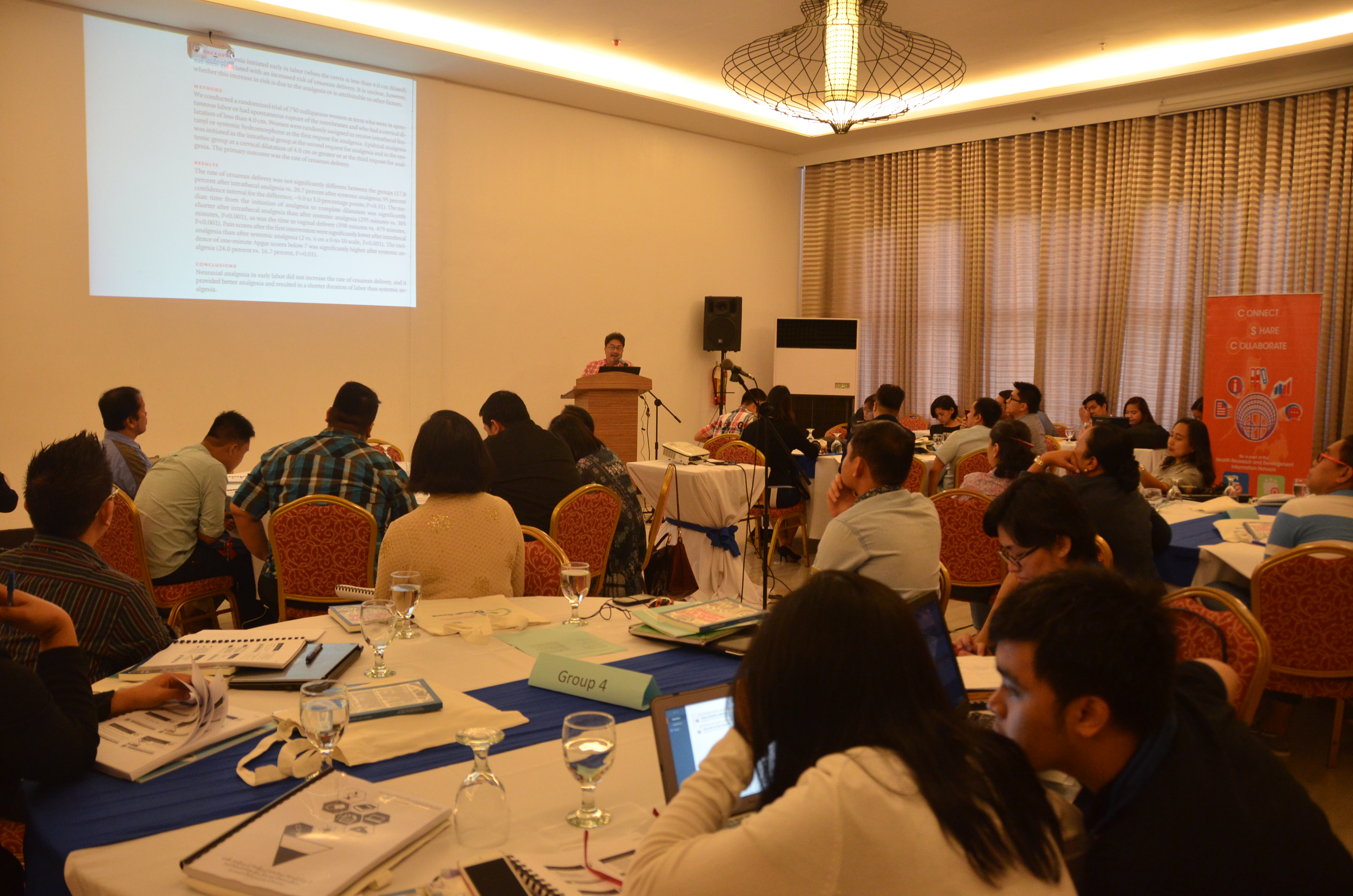- Latest News
- Hits: 4929
Communication expert cites ways to effectively communicate health research and engage the public
PASAY CITY, Metro Manila- In the recent “Rallying Communicators for Science, Technology, and Innovation in Health” pre-conference session of the 11th Philippine National Health Research System (PNHRS), communication expert Dr. Clarissa David talked about ways to communicate health research and engage the public.
Dr. Clarissa David, a professor from the University of the Philippines (UP) College of Mass Communication, said that health communication is already an established and prominent field of work as it concerns everyone. Here are some notes from Dr. David to reach the public, communicate effectively, and make an impact.
Two objectives: individual behavioral change and “health issue public”You should identify priority audiences and create appealing messages for these audiences. Make special segments with specific interest in health, find listeners of health research, and convene them in a channel.
The media are your conduit
Media are your only mass-market channel to general public. Talking to them means talking to the public as well.
Ask yourself: Whose role is it?
Take some time to ask what your real objectives are and the roles everyone should play. Can you do the communication work? Is there someone better equipped to do the task? How can you support and work with them?
Study and know your audience
Remember that communication is audience-oriented. Not everyone can be your audience. You should identify key audiences and craft strategy and message to reach them.
Content is king
You should create your main message and establish channels to bring your audiences. Remember that you don’t need to explain the whole research paper as most of them are not interested.
Define your voice
Think strategically of the kind of identity you want to take on. Remember that identity and voice are important to audiences.
Sustain public engagement in health systems research
You should create and maintain a community of practice in the health research system. Share best practices through conventions and fora. Gather participation from communication practitioners and scholars in private sectors, media, and academe.
PNHRS is a gathering of different stakeholders in health research and development to contribute research-based solutions to health problems. The 11th PNHRS Week was held on 22-23 August 2017.




